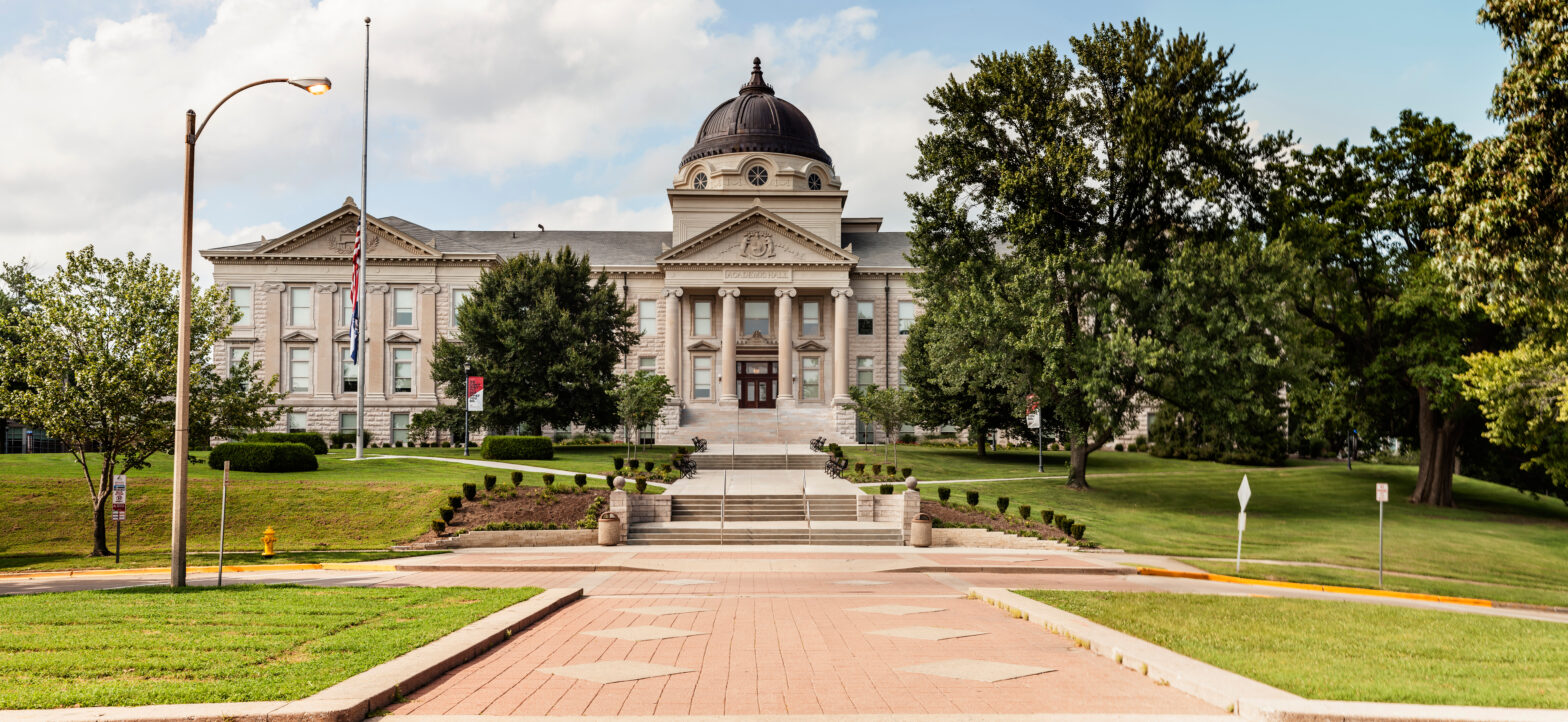Picture this: it’s a fall Saturday at Memorial Stadium in Lincoln, Nebraska. Students, families and locals gather for homecoming to tailgate and cheer on the Huskers. In fiscal year 2023-2024, game days like these generated $128.1M in revenue for the state of Nebraska. This economic impact goes far beyond the stadium, across the state and through the heartland. Rural public universities are more than centers of learning—they are powerful economic engines sustaining entire communities.
How Universities Drive Local Economies
The role of universities as economic drivers begins with direct spending on employee wages and campus operations. This initial spending triggers a ripple effect, boosting economic activity across the wider region and state:
- Direct effects: Universities purchase goods and services, like lesson plans, merchandise and pay employees.
- Indirect effects: Local suppliers, like curriculum companies or apparel makers, meet university demand by buying goods to create these products, in turn employing their own staff and buying their own materials.
- Induced effects: Employees of these businesses spend their wages in the local economy, amplifying the trickle-down effect of the initial spending.
This economic cycle, which happens each year as universities set their budgets, touches every corner of campus, from graduate students serving as teacher assistants to research and innovation processes in laboratories. Let’s take a closer look at how five public heartland universities fuel their states’ economies.
The Economic Reach of Heartland Universities
- University of Iowa (UI)
- UI generated $8 billion in economic impact for Iowa (FY 2021-2022).
- UI Hospitals & Clinics alone accounted for 25%, or $2 billion, of this economic impact, through direct and indirect effects.
- A Case for Expansion: Research by Heartland Forward in March 2025 projected expanding medical residency programs in Arkansas could generate $465 million in economic activity. Applied to UI Hospitals & Clinics, these findings suggest expanded residencies programs at UI could further amplify its already significant economic contribution to Iowa.
- University of Nebraska
- The University of Nebraska generated $6.4 billion in economic impact for Nebraska (FY 2024).
- One in every seven working Nebraskans were educated by the University of Nebraska system.
- Arkansas State University (A-State)
- Arkansas- State generated $2.5 billion in economic impact for Arkansas (FY 23).
- For every $1 invested by the state of Arkansas, Arkansas -State returned $7.10 to the state in economic value.
- Southeast Missouri State University (SEMO)
- SEMO generated $1.4 billion in economic impact for Missouri (FY 2023-24).
- Out-of-state visitors alone brought in $8.7 million in added income for Missouri.
- Wichita State University (WSU) and WSU Tech
- WSU and WSU Tech generated $1.3 billion in economic impact for Kansas (FY 2022).
- The total impact of WSU and WSU Tech tourism on the regional and state economy, which includes athletics, admissions, graduations and conference management services was $13.8 million dollars in 2021.
More than Money: The Qualitative Benefits
The impact of universities is more than economic. Universities enhance quality of life, build community and spark innovation. Arkansas State University’s partnerships with local organizations, like the A-State Block Party co-hosted with the City of Jonesboro, illustrate how universities create lasting community ties. Students at Wichita State University, in partnership with 140 social service agencies, contributed 97,220 hours to serving Wichita and surrounding communities in 2021-2022—which totals to over 11 years of community service.
The Challenge: Declining Enrollment and Local Strain
While these public universities aim to maximize economic impact while tackling complex social and scientific studies, like the five examples, some face growth challenges as highlighted in other news sources. Demographic shifts around declining birth rates and changing attitudes toward higher education are shrinking student populations. This threatens both campus stability and the towns that rely on them.
Western Illinois University in Macomb offers a cautionary tale. Budget deficits and enrollment drops have led to layoffs and declining local business activity, highlighting the deep interdependence between a rural university and its host town. As shared, when universities struggle, local economies often do too.
Call to Action: Invest in the Future of Heartland Universities
Public university systems operating in the heartland—like several of those explored above—don’t just educate. They employ, house and inspire. Universities are often one of the largest employers in their region and serve as anchors for local economies and culture.
Infrastructure investments are key to sustaining these communities. Students need housing and transit; graduates need jobs and support networks. Along with economic impact, some public universities are already striving to meet these needs:
- The University of Iowa houses the Rural Policy Research Institute (RUPRI), which researches and promotes sustainable rural development.
- The University of Nebraska runs the Rural Prosperity Nebraska initiative, focusing on economic development, leadership development, event attraction and regional food systems in rural areas.
But universities can’t go it alone. They need support from policymakers, local leaders and citizens to advocate for a flourishing and mutually beneficial future for colleges and their college towns. Supporting universities is supporting America.

